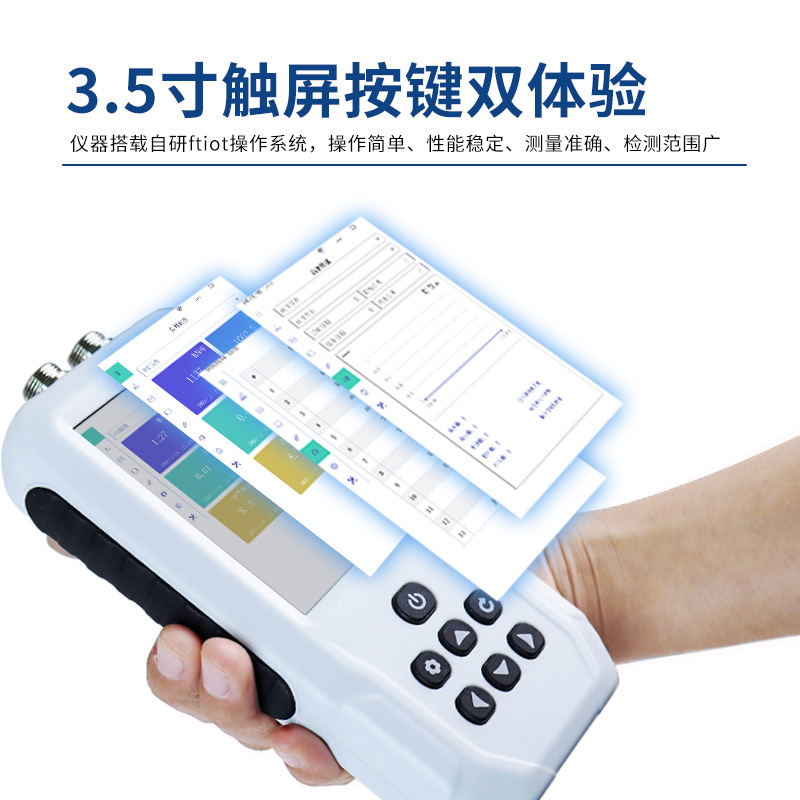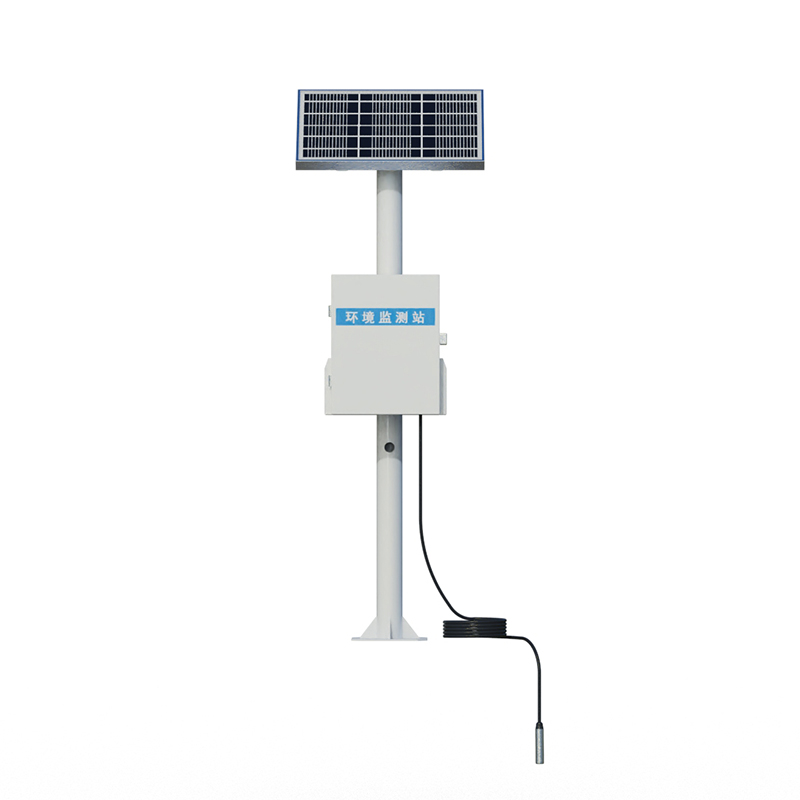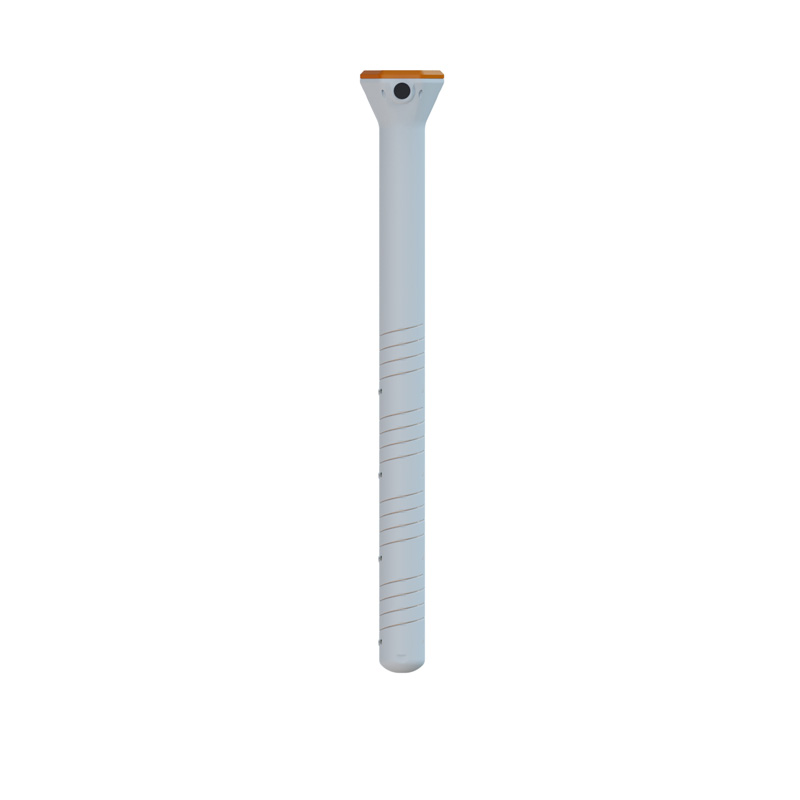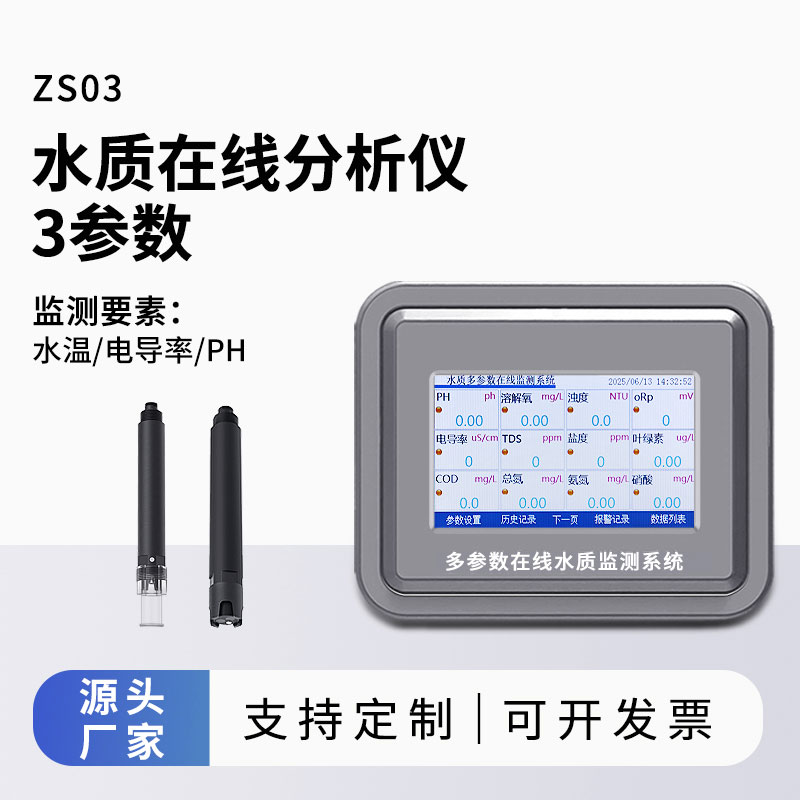The Soil Salinity Meter is based on rapid detection to decode the "code" of key soil properties.
The "detection" relies on the connection between physics and soil chemistry. Salts in soil solution (such as sodium, potassium, and chloride ions) are conductive—higher salt content leads to a larger electrical conductivity (EC) value. The meter contacts the soil (or soil leachate) via electrodes to measure current conductivity, then converts EC into intuitive salt content data through an algorithm. This turns the invisible "salt in soil" into quantifiable "digital indicators," which is the technical prerequisite for "understanding soil conditions."
In terms of practical advantages, the high efficiency of this "one-time detection" has revolutionized traditional soil testing methods. In the past, testing soil salt content required complex steps like sampling, sending samples to laboratories, drying, and extraction, which took several days. By contrast, this meter can be operated on-site, delivering results within minutes—no professional laboratory conditions are needed, making it accessible to farmers and agricultural technicians alike. This "speed" and "simplicity" transform "understanding soil conditions" from "delayed analysis" to "real-time judgment," solving the pain point that traditional testing is hard to apply in practice.
Regarding application value, the core of "understanding soil conditions" is to provide accurate basis for soil management. Soil salt content is key to judging "soil conditions": excessive salinity can cause crop root water loss (root burn), hinder growth, or even lead to total crop failure; insufficient salinity may indicate low soil fertility. The data measured by the meter can directly guide production—for example, in greenhouse cultivation, it can help adjust irrigation volume (to leach salts) or select salt-tolerant crops based on the data; in farmland improvement, it can locate salinized areas and apply conditioners targetedly. It upgrades "judging soil by experience" to "managing soil with data," avoiding resource waste and soil degradation caused by blind fertilization and irrigation.
In short, the Soil Salinity Meter uses technical means to convert the "hidden properties" of soil into "visible data." With the convenience of "one-time detection," it achieves the accuracy of "understanding soil conditions," and ultimately provides scientific support for agricultural production and soil remediation. It is a typical example of tools that help modern agriculture shift from "extensive management" to "precision management."

This paper addresses:https://www.fengtusz.com/industry/819.html









